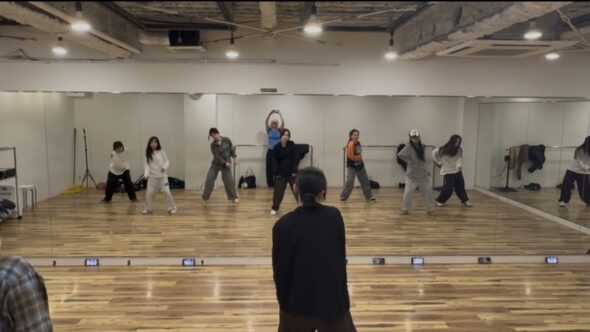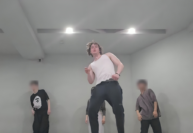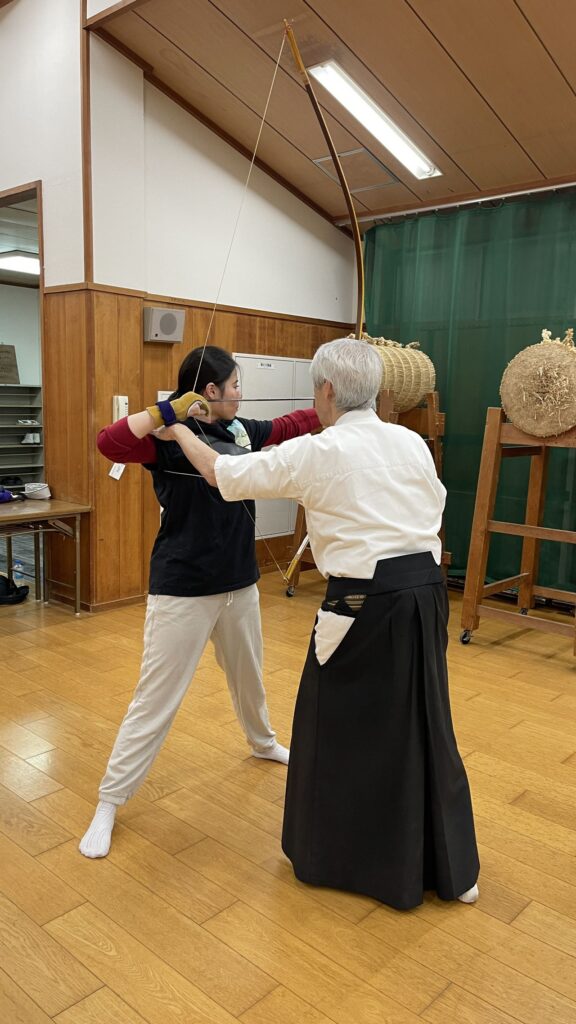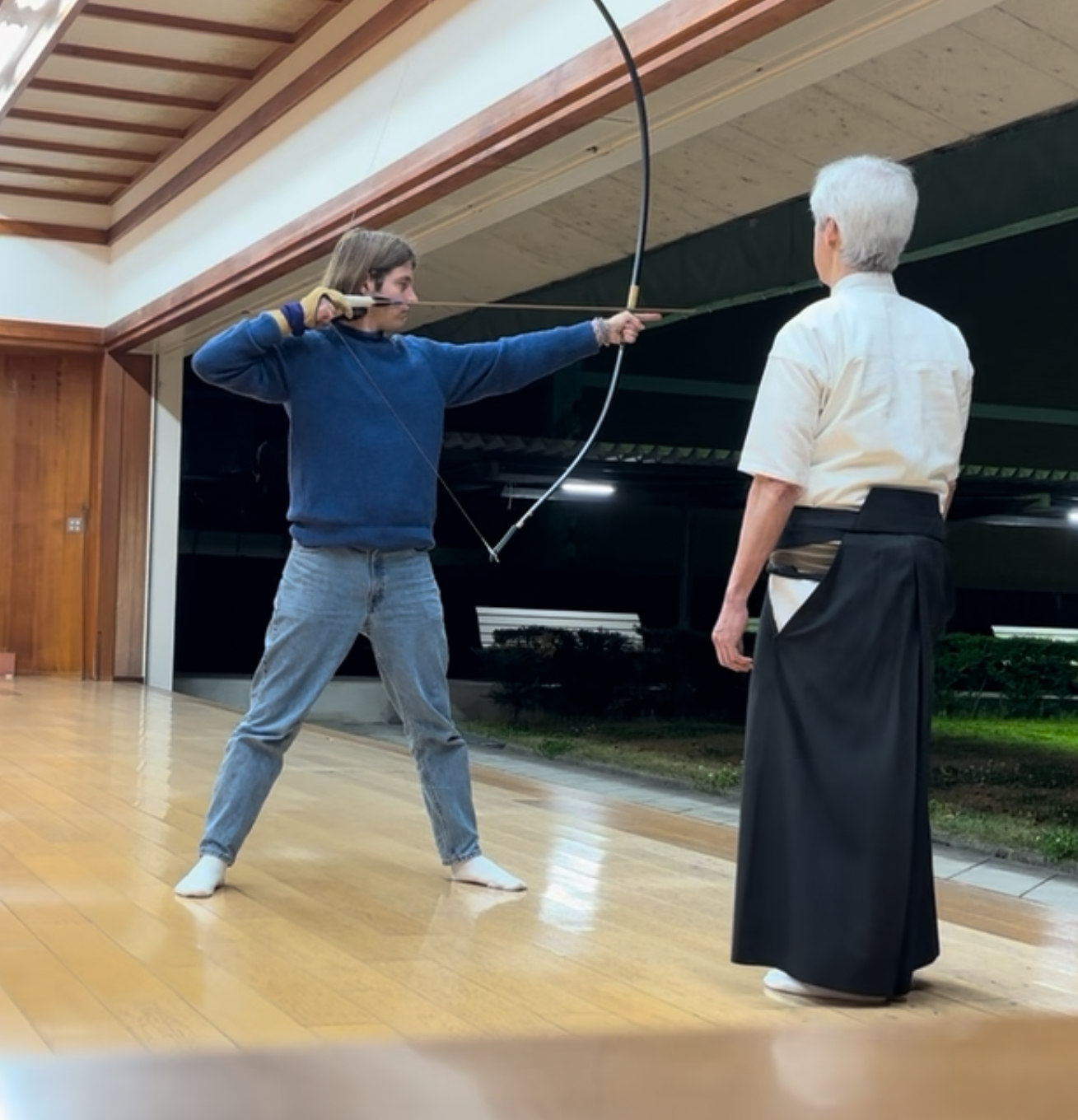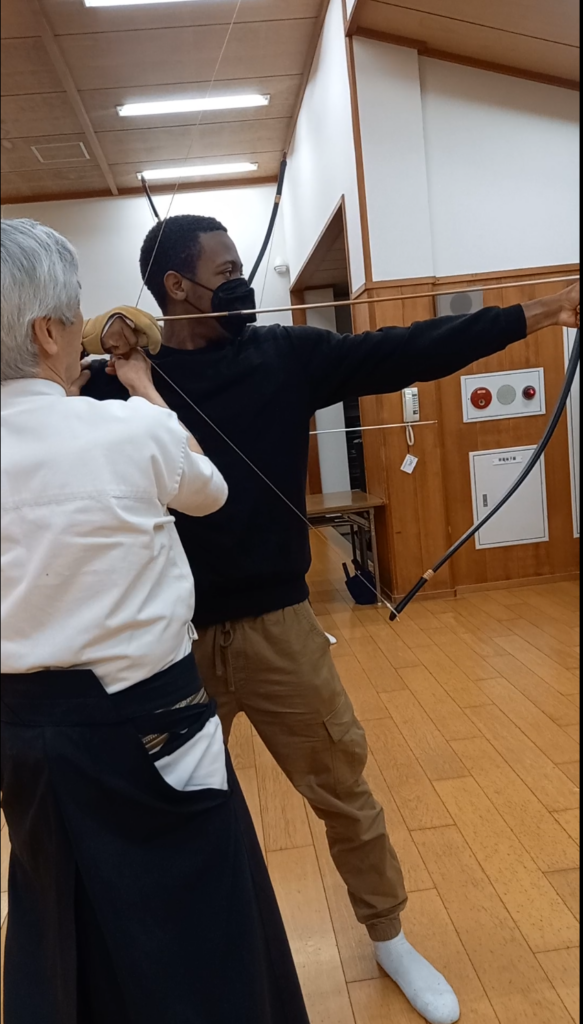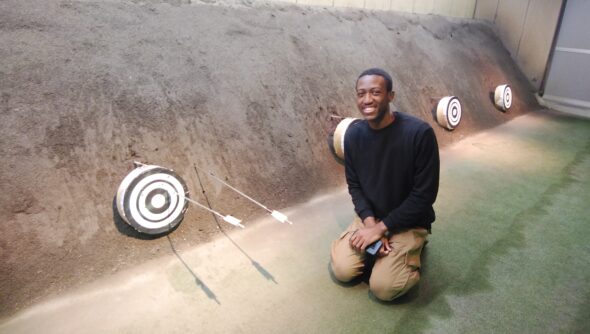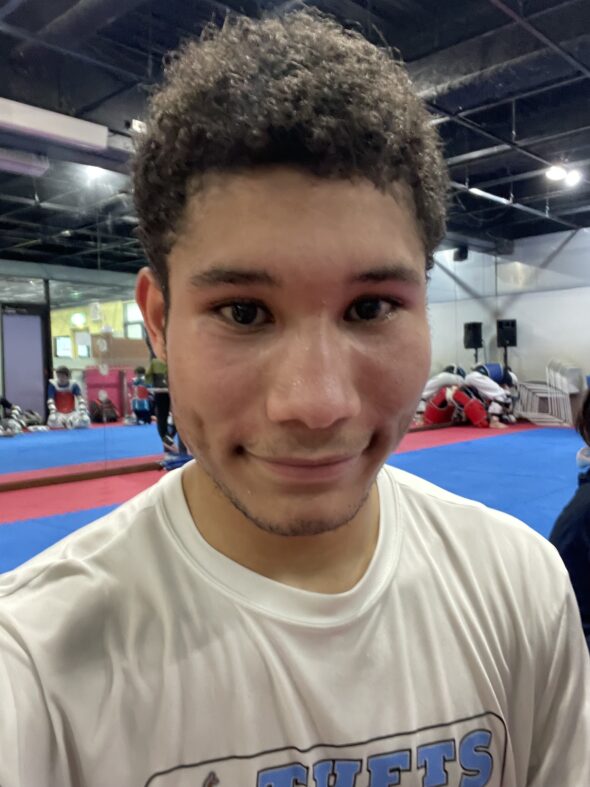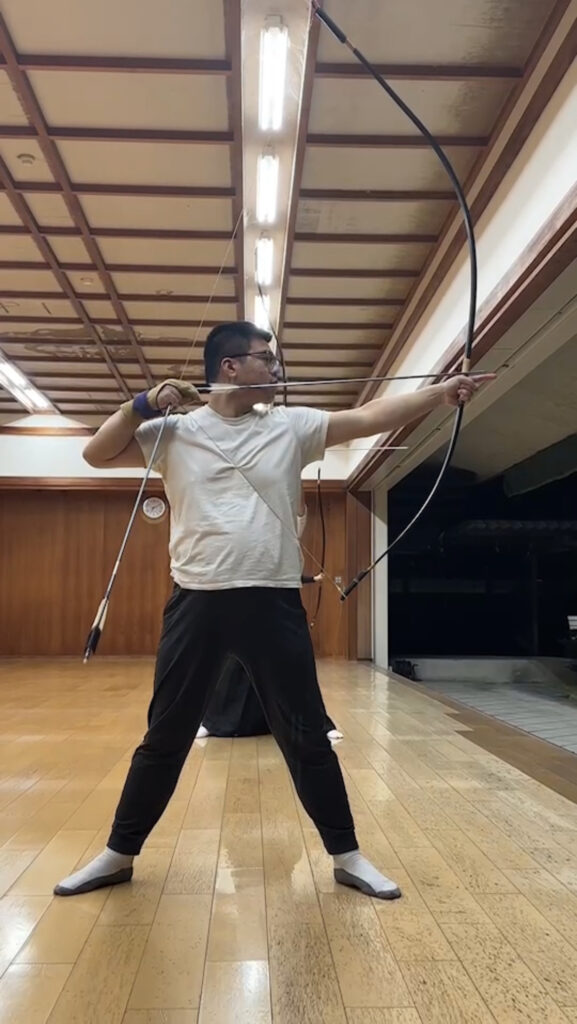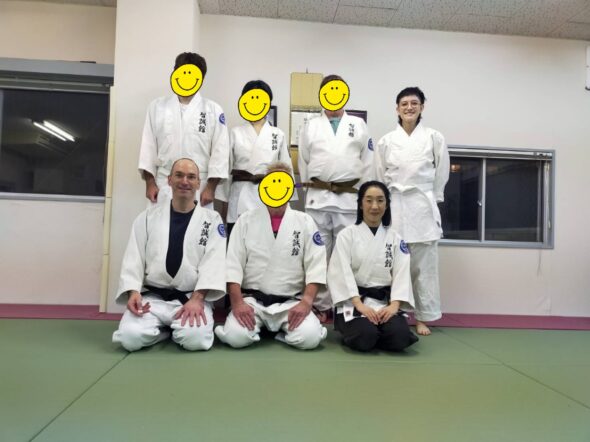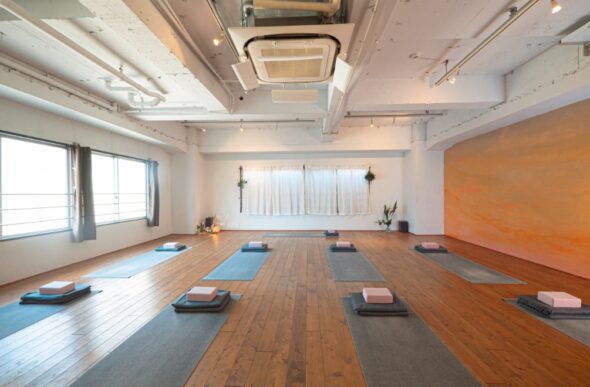
This semester I attended weekly classes at the Tamisa Yoga studio in Sanjo Teramachi as part of my CIP. Throughout my classes I was able to experience what Yoga practice looks like in Japan as well as join as forge connections with the other students and have meaningful conversations with the variety of instructors on ways to improve and deepen my practice. The studio offers classes taught in Japanese only or dual taught in English and Japanese, and while I mainly attended the Japanese only ones, both were incredibly helpful as listening practice.
Since I had attended a different study abroad program in Japan for 8 weeks before the semester started, where I got to study Japanese traditional dance (本舞踊), this fall I was interested in returning to something that I do back in the US, that allowed me to prioritize mindfullness and exercise while I studied abroad. This kind of CIP worked for me since I also volunteered at a teahouse throughout the semester, so the project was more like a supplement, rather than the main way I interacted with my community.
While this worked for me, my circumstances were a bit unique, so If you haven’t experienced a traditional Japanese art, I would definitely recommend trying that, or volunteering with local organizations.

